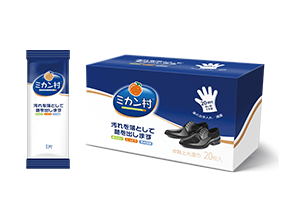Will washable wet toilet paper cause pollution to the environment?

The issue with flushable toilet paper lies in its ability to break down in water. Unlike traditional toilet paper that dissolves quickly and easily in water, flushable toilet paper is designed to hold up better when wet. While this may be great for the user, it can cause problems downstream. In fact, studies have shown that flushable toilet paper is slower to break down than regular toilet paper, and can even contribute to clogs and blockages in the sewage system.
Furthermore, flushable toilet paper contains chemicals and additives that allow it to break down more slowly in water. These additives can be harmful to aquatic life and contribute to water pollution. In addition, flushable toilet paper that makes it through sewage treatment plants can end up in rivers and oceans, where it can harm marine life and damage ecosystems.
So, what can we do to reduce the environmental impact of toilet paper? One option is to switch to unbleached and/or recycled toilet paper, which is often made from sustainable sources and free from harmful chemicals. Another option is to use a bidet or water spray instead of toilet paper, which eliminates the need for disposable paper altogether.
While flushable toilet paper may seem like a convenient and environmentally-friendly option, the reality is that it can contribute to ecological problems if not disposed of properly. By making small changes in our everyday habits such as using different types of toilet paper or installing a bidet, we can help protect our environment and promote sustainability.






